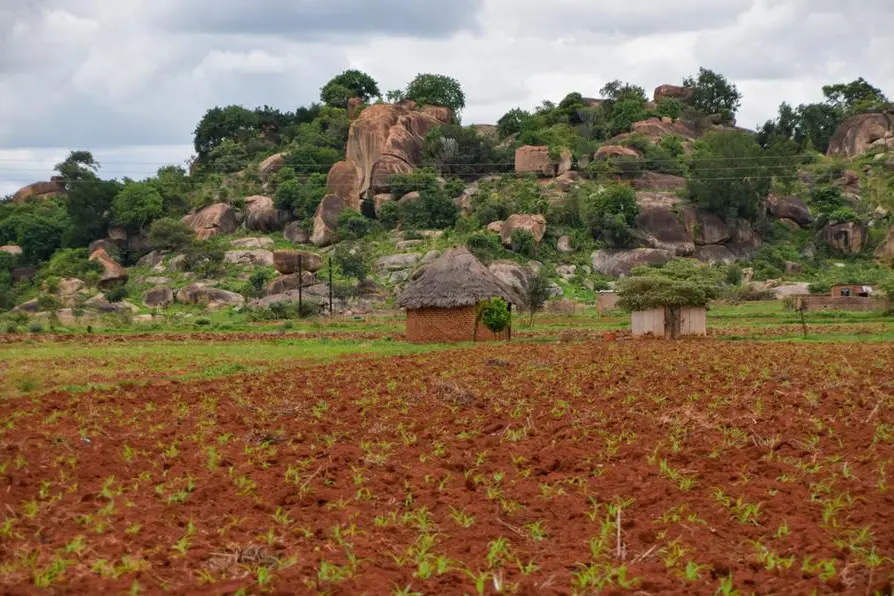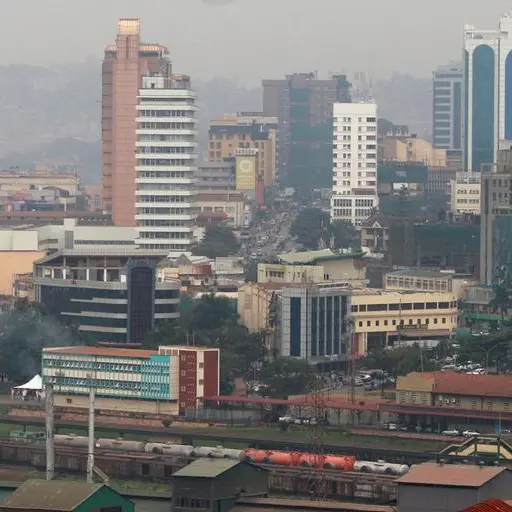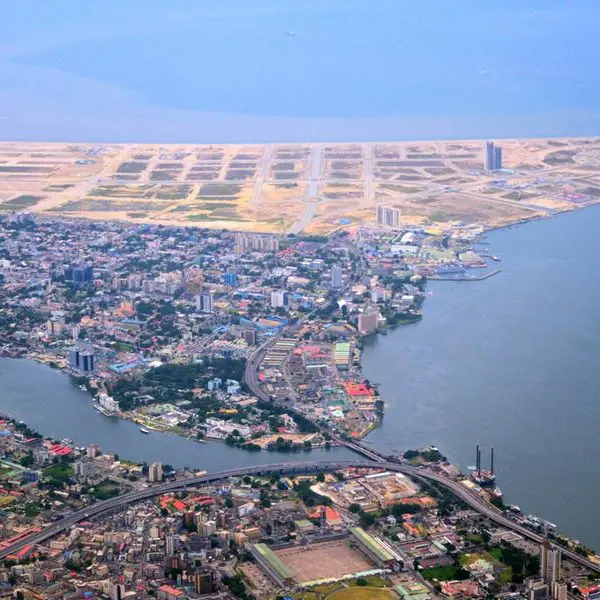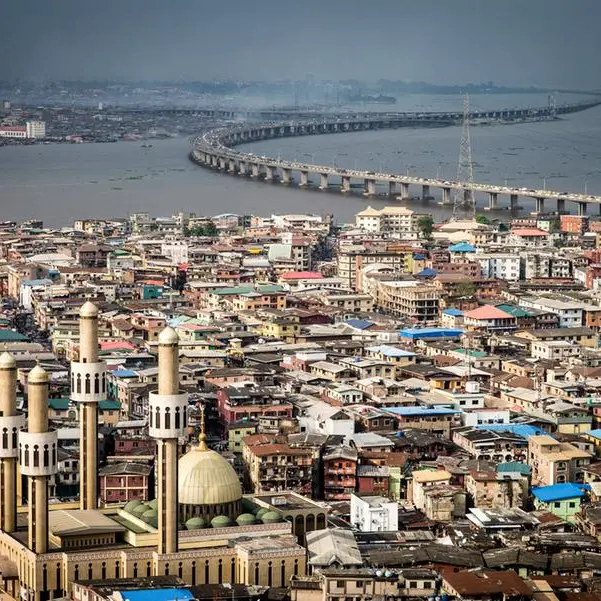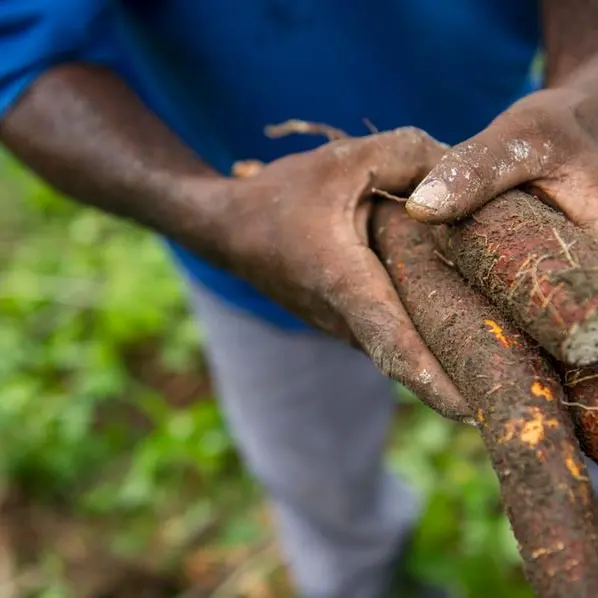PHOTO
The southern African country is slowly restoring horticultural exports, which peaked at $140 million in 1999, before commercial agriculture was disrupted when former President Robert Mugabe championed the seizure of white-owned farms to resettle landless Blacks.
Horticultural exports have rebounded above $100 million annually, driven by fresh investments in products such as blueberries and macadamia nuts, demand for which has surged globally in recent years.
But growth is being held back by unfavourable policies such as the currency rule, as well as high borrowing costs, Zimbabwe’s Horticultural Development Council (HDC) says.
Under the rule, exporters exchange 25% of their earnings for local currency at what critics say is an overvalued official rate, leading to losses in terms of a black market rate that is widely used in the economy.
Zimbabwe still uses the U.S. dollar in formal transactions after ditching its own currency in 2009 amid hyperinflation. Local currencies reintroduced since 2019 have been volatile.
“It is like a double taxation because that money is changed into local currency, but all the costs of the produce are in U.S dollars. The (production) costs are even higher than our neighbours,” HDC CEO Linda Nielsen told Reuters.
A dramatic rope-climb up one side of what was once a bridge.
The government should, instead, give farmers tax incentives to help the sector grow and meet its ambitious target for $1 billion of exports by 2030, she said.
Zimbabwe is one of the fastest growing blueberry producers globally, but the HDC says the country risks missing out on opportunities due to unfavourable economic conditions.
“We have a real opportunity for growth, but we don’t have the patient capital that is required for that growth,” Nielsen said.
“The funding that was available through commercial banks is very short-term and perennial plantation crops don’t suit that funding,” she added.
© Copyright The Zimbabwean. All rights reserved. Provided by SyndiGate Media Inc. (Syndigate.info).
